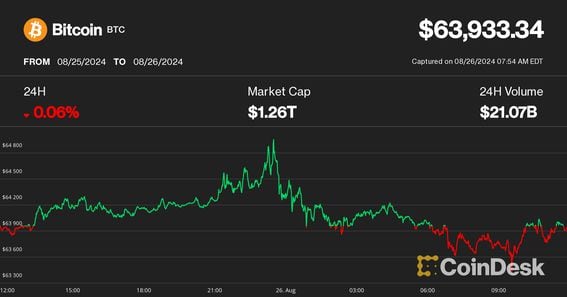According to FDIC Chairman Martin Gruenberg, US banks have over $620 billion in unrealized losses. However, this is in the wake of the collapse of Silicon Valley Bank, which has brought to light a widening gap between the value large lenders place on their bonds and what they are actually worth on the market. According to reports, the Silicon Valley Bank case is not an isolated incident but could be indicative of a larger issue for banks across the United States.
The abrupt and unforeseen collapse of Silicon Valley Bank has sparked a flurry of anxiety within the financial sector, as investors are now wondering what this means for the prospect of other similar institutions. Being the largest U.S. bank closure since 2008’s financial crisis, SVBN Financial’s bankruptcy is seen to be potentially indicative of broader instability in the banking industry. According to the Federal Deposit Insurance Corporation’s Chairman, U.S. banking institutions have a cumulative $620 billion in unrealized losses, which could potentially be driving the current trend that led SVBN to insolvency.
SVB’s downfall has been linked to the decreasing value of bonds it had acquired during the period of increased customer deposits which required the bank to find a place to store the cash. The FDIC also noted that similar depreciated assets, yet to be sold, are an issue for banking institutions across the board.
As interest rates were close to zero, banks profited from the chance to acquire an abundance of bonds and treasury securities. With the subsequent Fed rate hikes implemented in order to fight inflation, these assets have been subject to a decrease in value. It is thus essential that similar scenarios be monitored closely, as they could shape the future of other banks.





